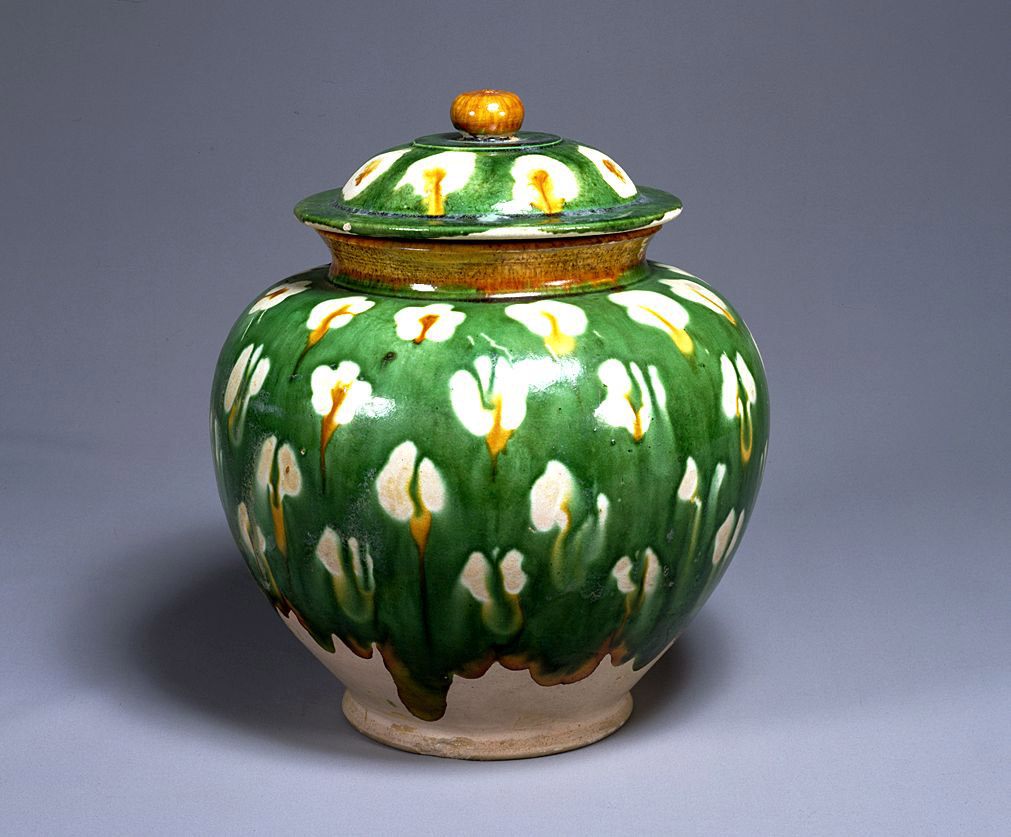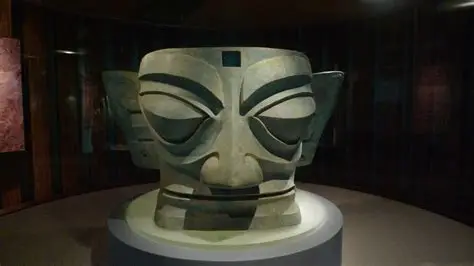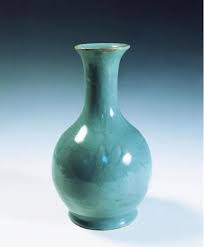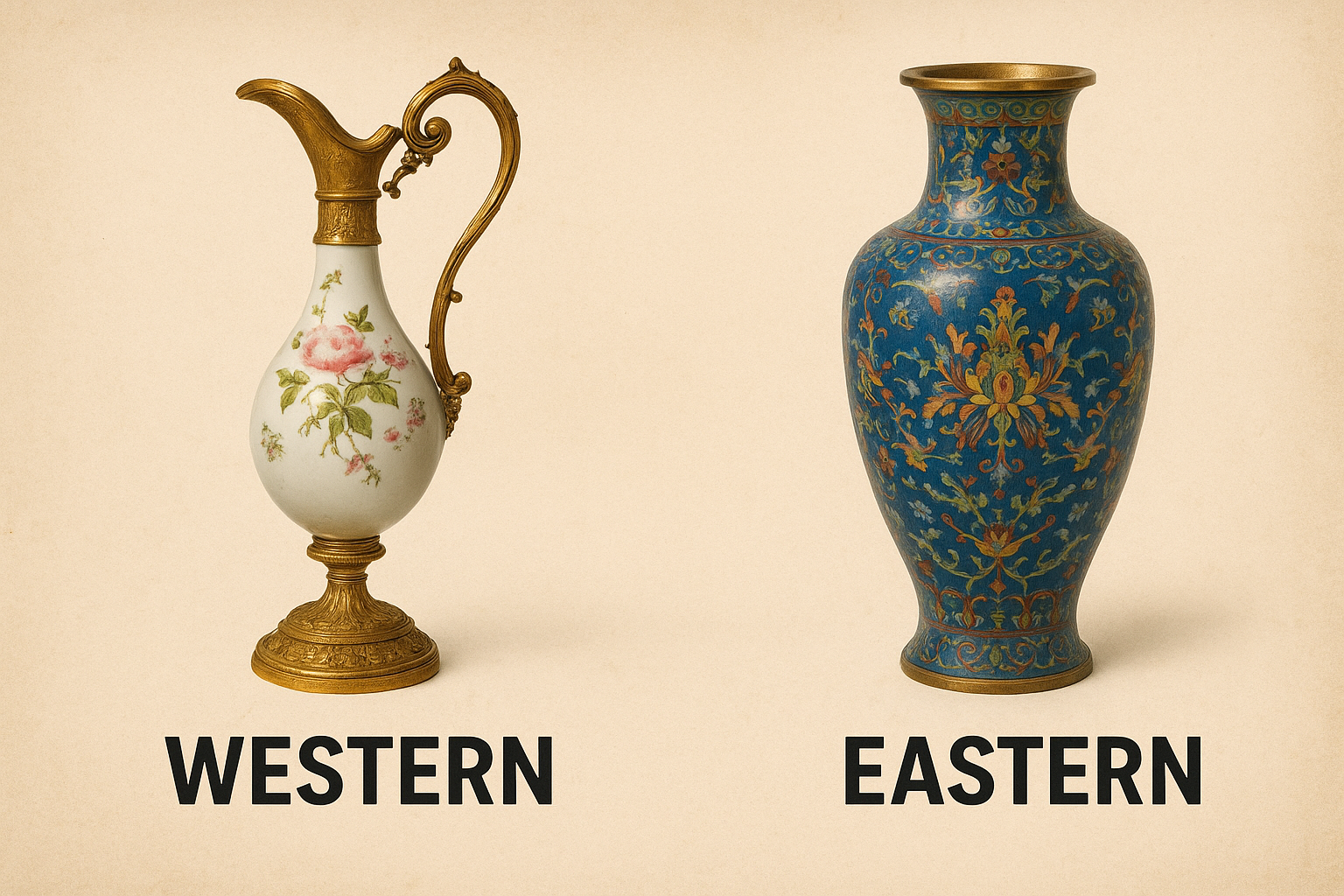On the vast Chengdu Plain in southwestern China, an ancient and mysterious civilization has awakened…

Colors of a Flourishing Age: The Millennium Journey of Tang Sancai
In the vast river of Chinese art, Tang Sancai shines like a radiant gem, traversing a thousand years to tell the modern world the story of the Tang dynasty’s grandeur and its aesthetic pinnacle. More than just a form of ceramic art, Tang Sancai is a mirror of its time, a cultural symbol, and a witness to history.

As its name suggests, Tang Sancai—literally “Tang Three Colors”—refers to the tri-colored glazed pottery popular during the height of the Tang Dynasty. Despite the name, its palette is far more varied, with common hues including yellow, green, white, brown, and blue. These vibrant glazes blend and bleed into each other like flowing paintings, creating a dazzling visual effect. The technique showcases not only the superb craftsmanship of Tang ceramics but also vividly reflects the Tang dynasty’s open, inclusive, and prosperous spirit.

Among the most iconic Tang Sancai works are funerary objects, such as camels, horses, court ladies, and foreign figures. These pieces are strikingly lifelike, infusing still objects with a sense of movement and vitality. Particularly notable are the camels and Central Asian figures, which illustrate the bustling cultural and commercial exchange along the Silk Road. High-nosed, deep-eyed foreign merchants leading camels laden with goods seem to have journeyed from Central and Western Asia, bringing with them exotic spices and textiles—as well as cultural encounters and integration. In this way, Tang Sancai serves not only as artwork but also as a historical document of cross-cultural exchange.

The technical sophistication of Tang Sancai is equally remarkable. It employs low-temperature lead-glaze techniques, painting various glazes onto a white clay body before firing it once. The glazes naturally flow and interact during firing, creating a unique “kiln transformation” effect that enhances the visual depth and unpredictability of each piece. This free and expressive artistic style echoes the pluralistic and inclusive spirit of the Tang era. Just as Tang society welcomed guests from all directions, Tang Sancai absorbed influences from both East and West, embodying the confident and open aesthetic of a golden age.

Importantly, Tang Sancai was not used in daily life, but rather served as burial objects placed in tombs. This function shaped its focus on the aesthetic imagination of the afterlife. These works created an idealized vision of the next world—a splendid afterlife reflecting the opulence of the living world. Bejeweled court ladies, graceful horses, and towering camels—all express an aspiration to construct a beautiful and eternal realm beyond death, embodying ancient understandings of mortality and transcendence.

A thousand years later, Tang Sancai still dazzles the world. Whether in the Palace Museum in Beijing, the Shaanxi History Museum, or the British Museum, it continues to communicate—silently yet profoundly—the imagination and skill of Tang artisans, showcasing the creativity and aesthetic height of Chinese civilization. Tang Sancai is a microcosm of the Tang Dynasty, a trace of time, and an indelible stroke in the grand treasury of Chinese art.
The beauty of Tang Sancai lies not only in its colors, but in its spirit. Across the millennia, it reflects not just a legacy of craftsmanship, but a civilization’s deep contemplation and expression of beauty, life, and the world. Today, as we gaze upon these vibrantly glazed figurines, it is as if we are engaged in a dialogue across time with that glorious, inclusive, and magnificent era.



